By Mary Jo King, NCRW, NCOPE
If you are dropping off, mailing, emailing, or uploading your résumé, you must include a cover letter. For 50% of hiring managers, the absence of a cover letter makes you look lazy and disorganized. Your letter should quickly drive the reader to your résumé, so keep it brief* and make every word count.
Three Short Paragraphs
1. Identify the position you seek and the source of the job post, e.g., LinkedIn, Indeed.com, etc. If referred by someone, this is the place to name the individual.
2. Summarize your qualifications in a few sentences, focusing on achievements and relating your background to the requirements of the position.
3. Ask for an interview.
Getting It Right
The cover letter is usually an employer’s first impression of you, so invest yourself in the effort. While it is true that one well-written letter can be adapted for many employment opportunities, do not underestimate the value of a thoughtful, targeted document.
Use the header from your résumé, and match your résumé stationery. These are marketing tools, and continuity is not only professional, but part of your personal brand.
Begin with the date, the contact name, contact title, company name and complete address. Add a formal salutation, using Mr. or Ms. and the last name. “Dear Bob” is inappropriate unless you are already on a first-name basis. Make a phone call to the receptionist to verify spelling, job title and mailing address.
Read the job post carefully. Take time to research the company, including website and news items. You will often find important clues to its status, challenges and strategies. This information is not only useful for the cover letter, but for the interview, as well.
When replying to blind ads, do the best you can with research. You won’t always be able to pinpoint employers, but you can almost always learn more about the company or its industry by following clues from the advertisement.
Determine which of your qualifications and accomplishments are most appropriate, and design the content of your second paragraph accordingly. Construct a few sentences and edit them down to their leanest potential. Be honest and enthusiastic.
Conduct a spell check and careful proofread. Proofread again.
When submitting via email, it is acceptable to use the body of your email for a shorter version of your cover letter. Attach documents as PDF files unless instructed otherwise.
* For certain career fields, such as academia, longer cover letters are acceptable.
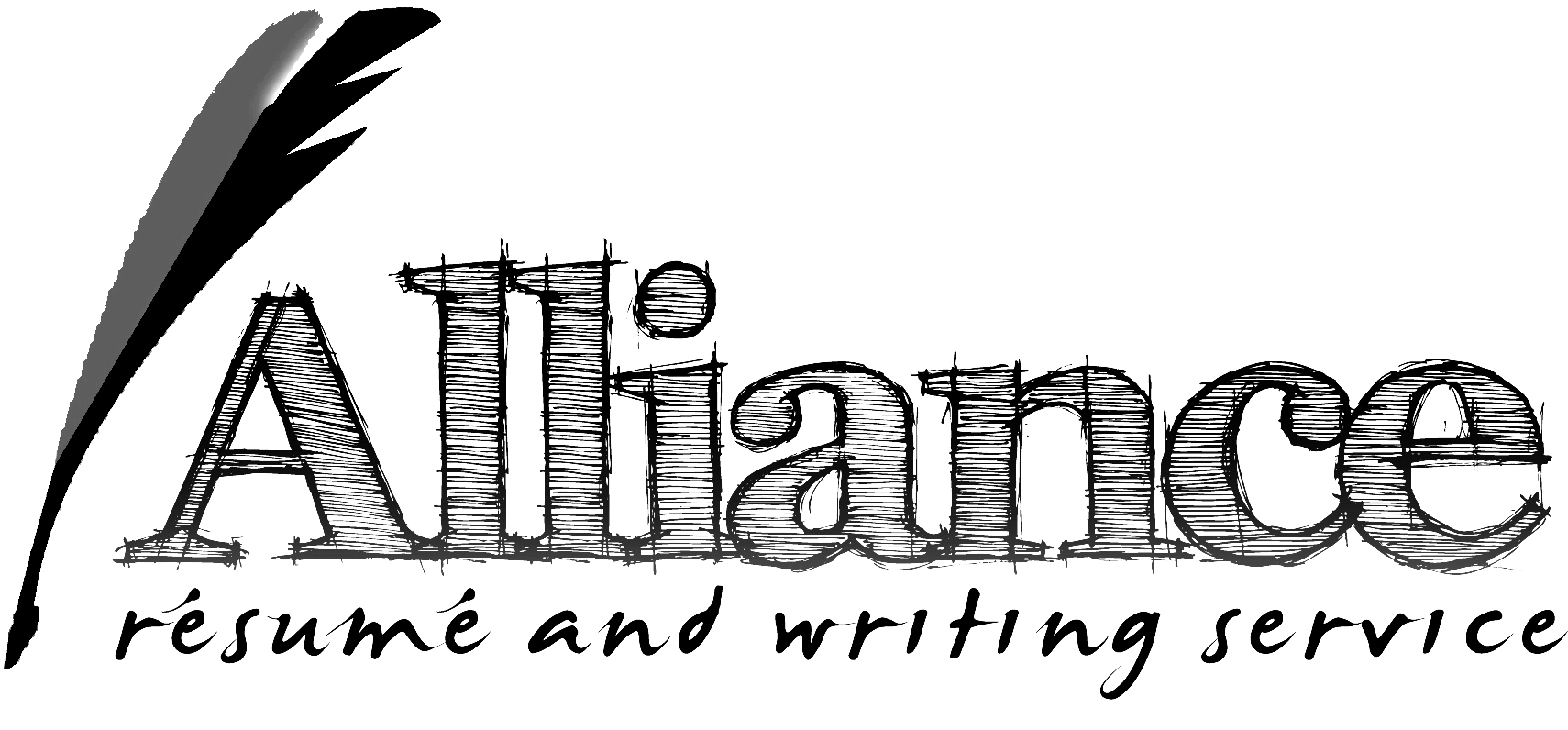
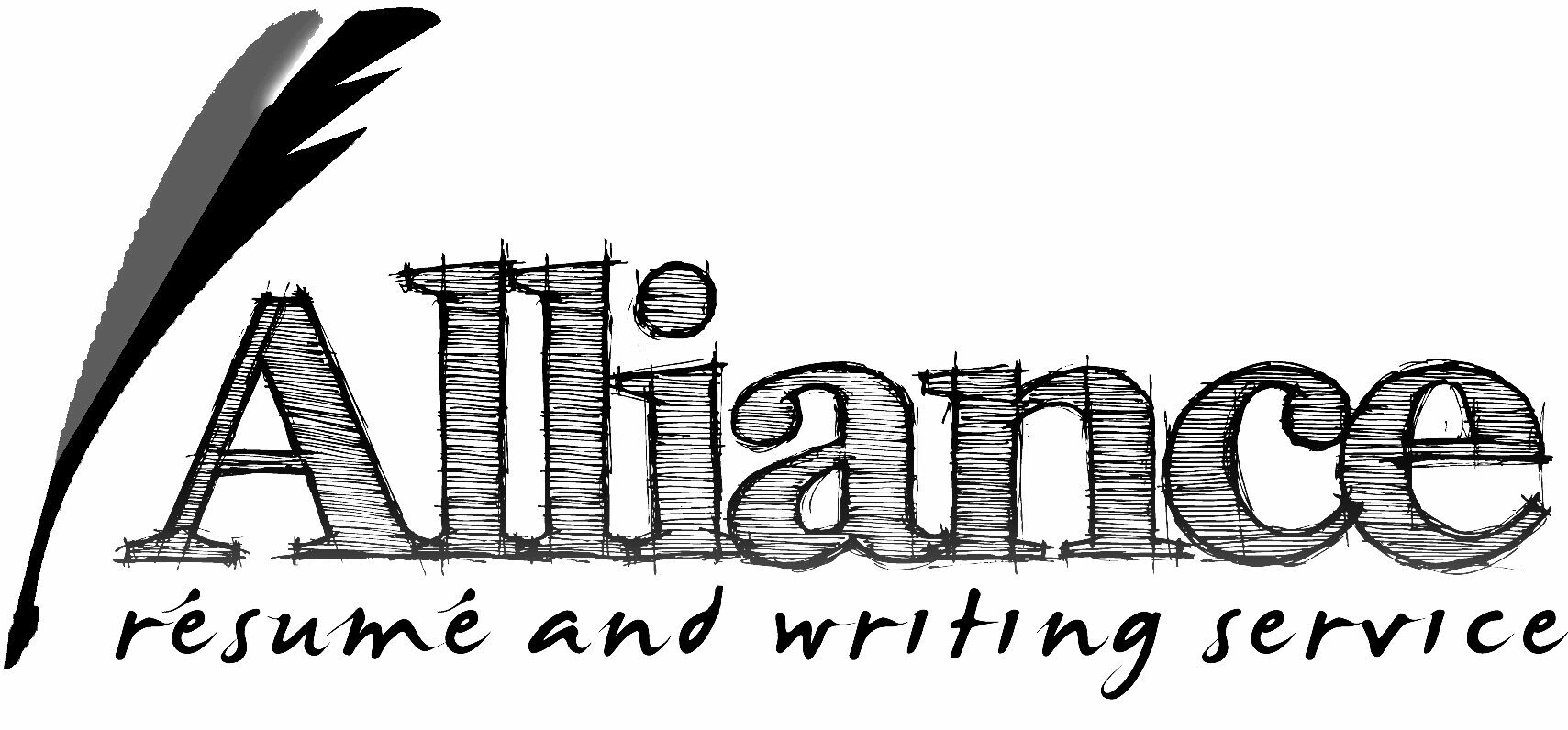



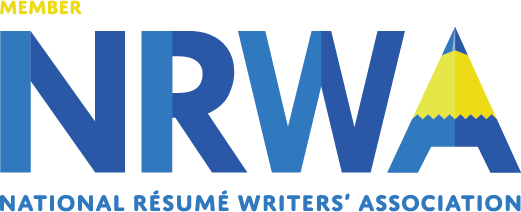
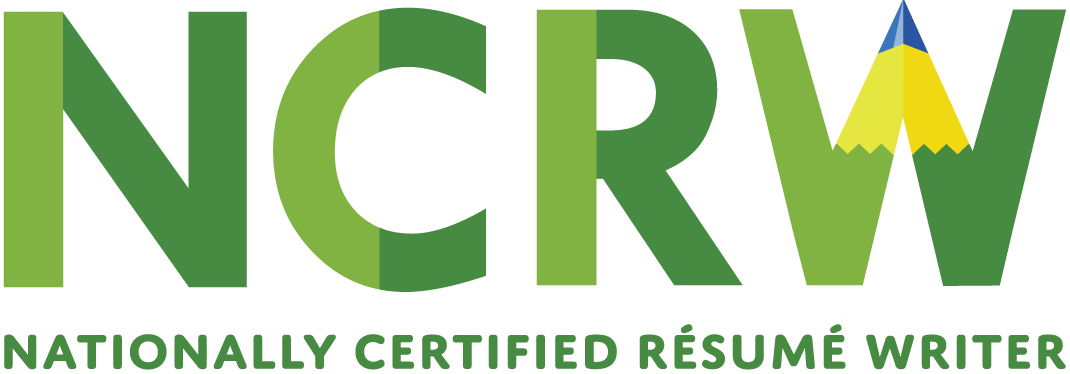

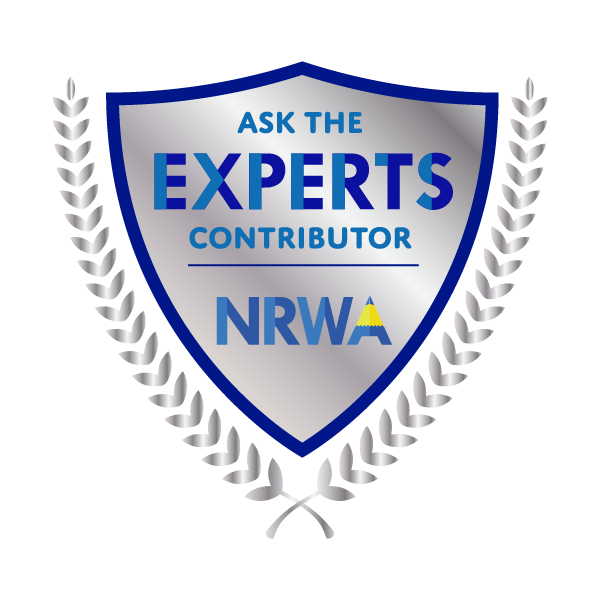
Comments are closed